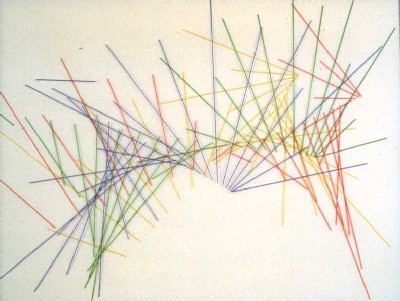Visualising Emotions within Computer Graphics

Computer Animation influences all areas of our every day life. Since the 1990?s commercial Speech recognition systems have been available off the shelf, but it has not been until the last few years that systems can now boast up to 99% accuracy (Dragon NaturallySpeaking? Pro V8 Program). This has greatly expanded the market of such systems and challenged companies to push the technology further. The majority of this extended research has been emotion recognition. This report will explore speech and emotion recognition and will look into methods of extracting basic meaningful data from sound files, with the use of Houdini, and expressing their content visually through colour and shape.
Human Facial Anatomy and Expressions, and how they can be Realistically Represented using Computer Graphics

Facial animation is the most important part of character animation, and realistic and natural expression of emotions is one of the most important parts of animating a believable character. This, however, is also one of the most challenging aspects of animating a character. The human face is one of the most interesting and intricate parts of the human body. We can detect even the subtlest change of expression within the face, and its familiarity allows us to recognise one face out of a sea of hundreds that we come into contact with every day. In order to successfully animate facial expressions and emotion, a thorough understanding of the human facial muscular structure and how expressions are formed is necessary.
